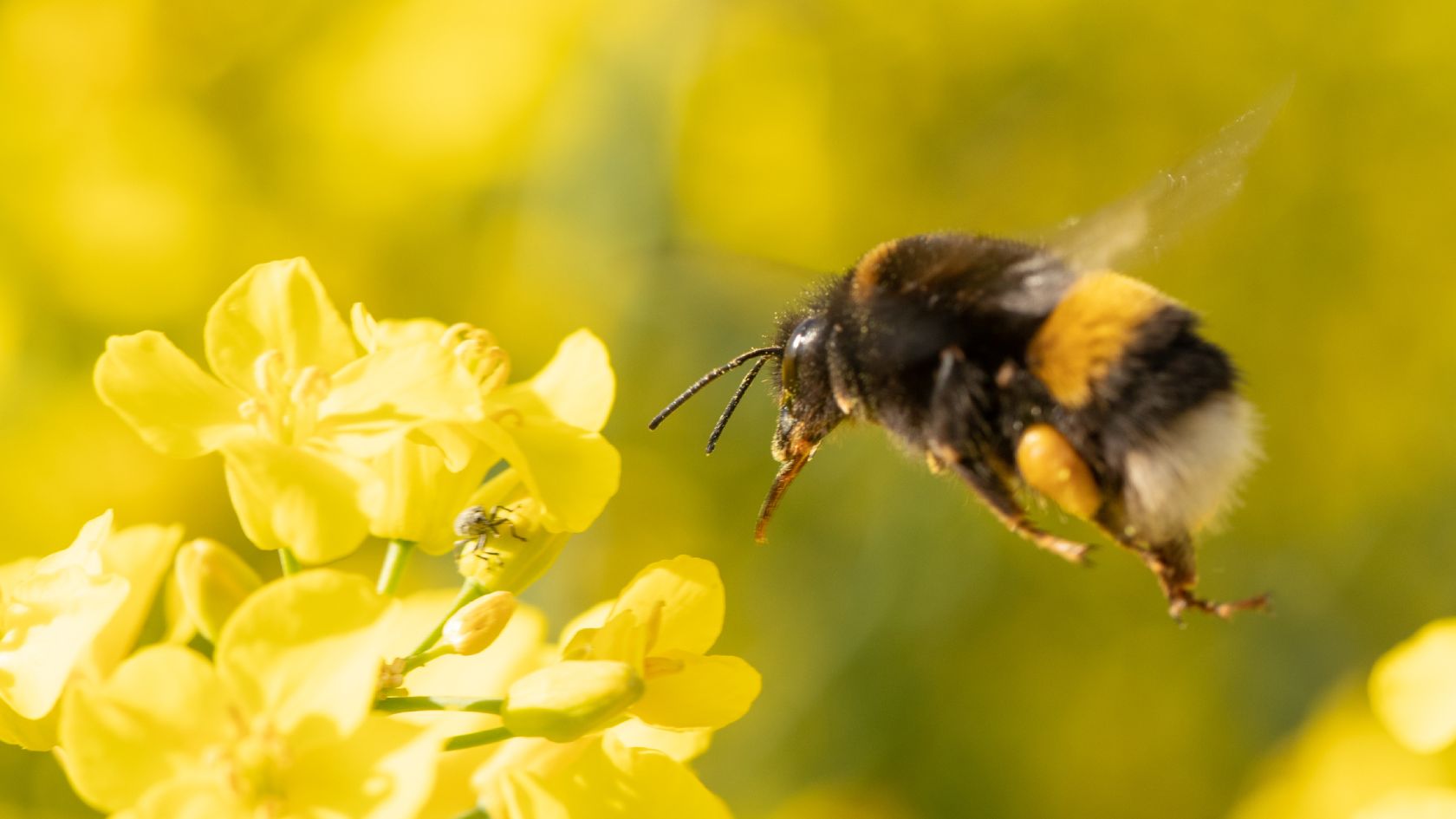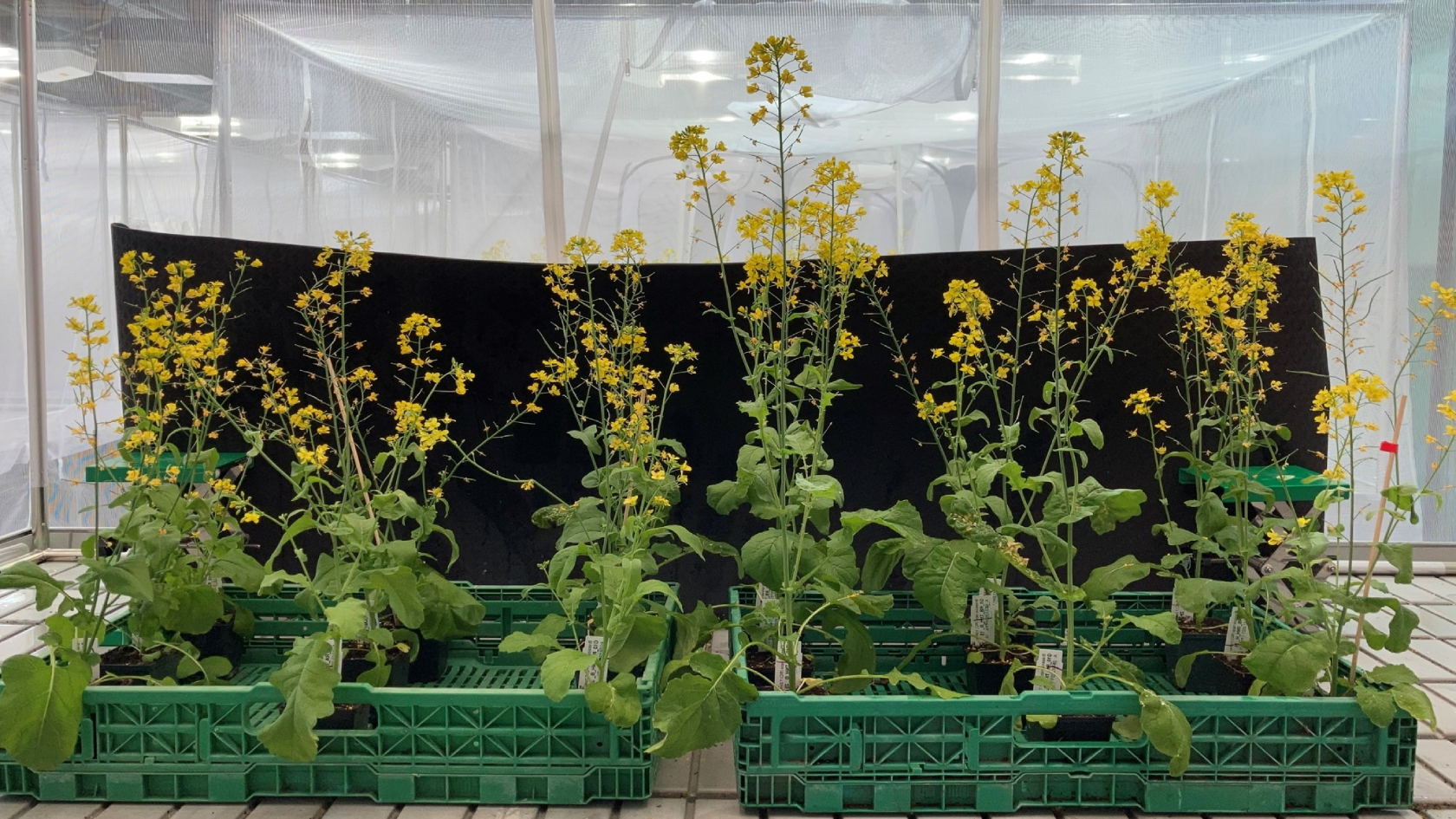Navigation auf uzh.ch
Navigation auf uzh.ch

Plants obtain nutrients and water from the soil. Since different soil types differ in their chemical and physical composition, plants need to adapt their physiology to optimize this process on different soil types.
This evolutionary process leads to the formation of ecotypes, i.e., locally adapted “plant breeds” that differ slightly in appearance and may no longer be easily crossbred. The latter effect is considered to be the first step toward the formation of separate species. The adaptation of crops to local soil types is also crucial for agricultural productivity.
A team of researchers led by biologist Florian Schiestl of the Department of Systematic and Evolutionary Botany at the University of Zurich has now discovered that the interaction of plants with pollinators and herbivorous insects influences their adaptation to soil types and thus the formation of ecotypes. In a two-year experiment, about 800 swede plants were grown over 10 generations on different soil types in a greenhouse. One group was pollinated by bumblebees, another by hand; in addition, the plants were cultivated with and without aphids (as herbivores).
At the end of the evolutionary experiment, the researchers investigated the extent to which the plants on the two soil types differed in shape and composition and how well they had adapted to the soil. In terms of shape, it was found that only the plants pollinated by bumblebees showed clear differences between the soil types, while the hand-pollinated plant groups remained largely the same.

When it comes to adaptation to soil types, the researchers even found significant adaptation only in bumblebee-pollinated plants with aphids after the two years of experimental evolution, while no significant adaptation to soil types was observed in the other groups.
The study, which was funded by the Swiss National Science Foundation (SNSF), also identified several genes that may play a critical role in this adaptation process. The results show that biotic interactions can have a strong influence on plants’ ability to adapt to abiotic factors and that adaptation is most efficient when plants are exposed to a variety of interactions.
Dorey, Thomas and Schiestl, Florian P. Bee-pollination promotes rapid divergent evolution in plants growing in different soils. Nature Communications. 27 March 2024. DOI: 10.1038/s41467-024-46841-4
Dorey, T., Frachon, L., Rieseberg, L.H., Kreiner, J., Schiestl, F.P. Biotic interactions promote local adaptation to soil in plants. Nature Communications. 18 June 2024. DOI: 10.1038/s41467-024-49383-x